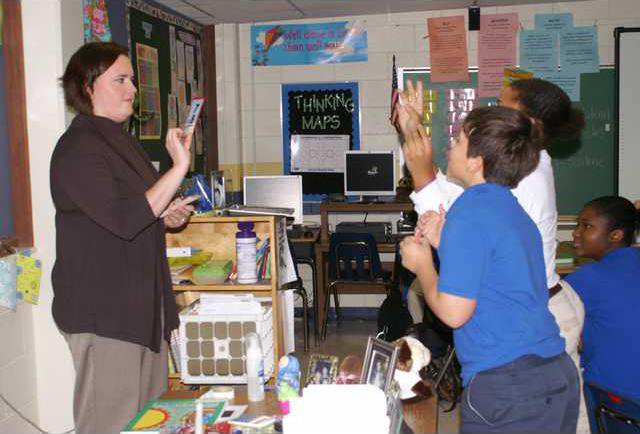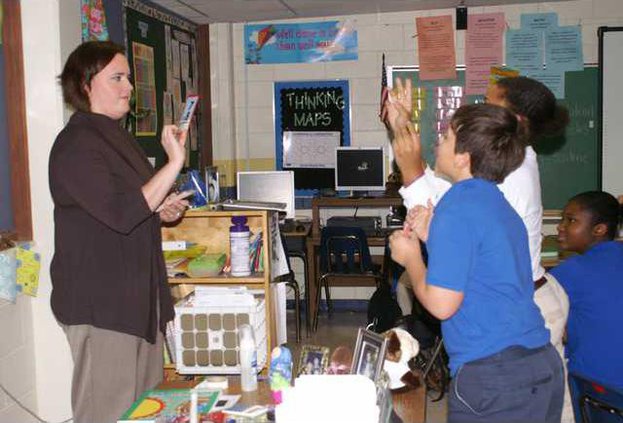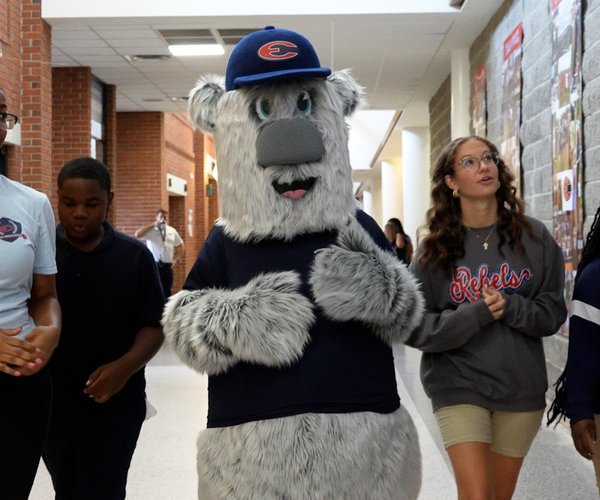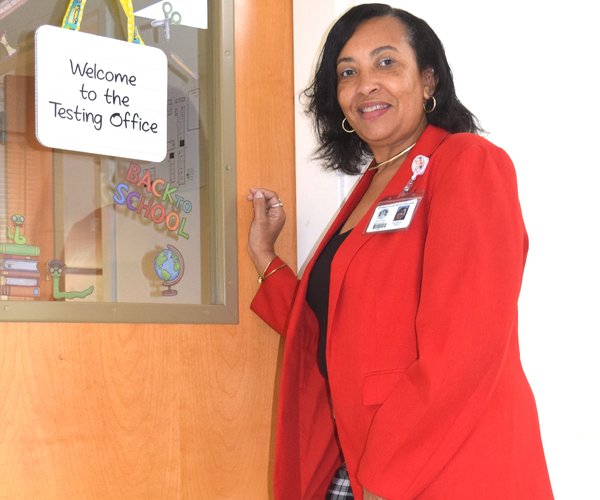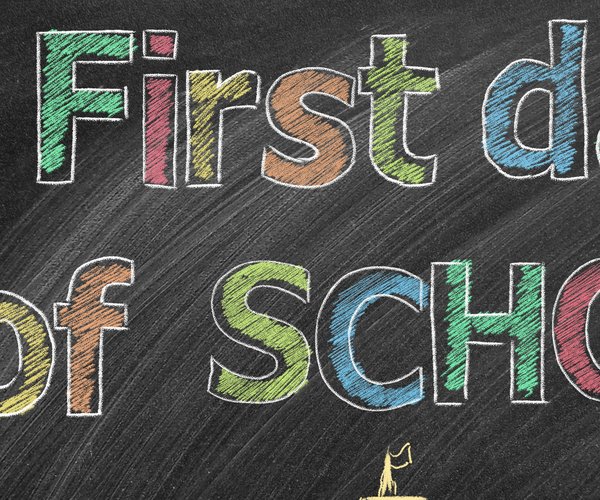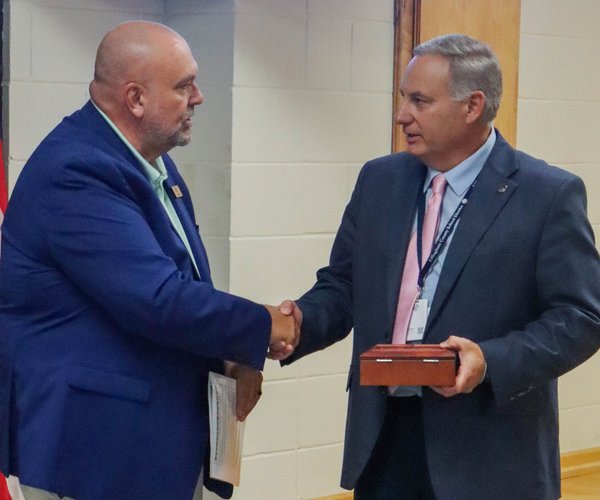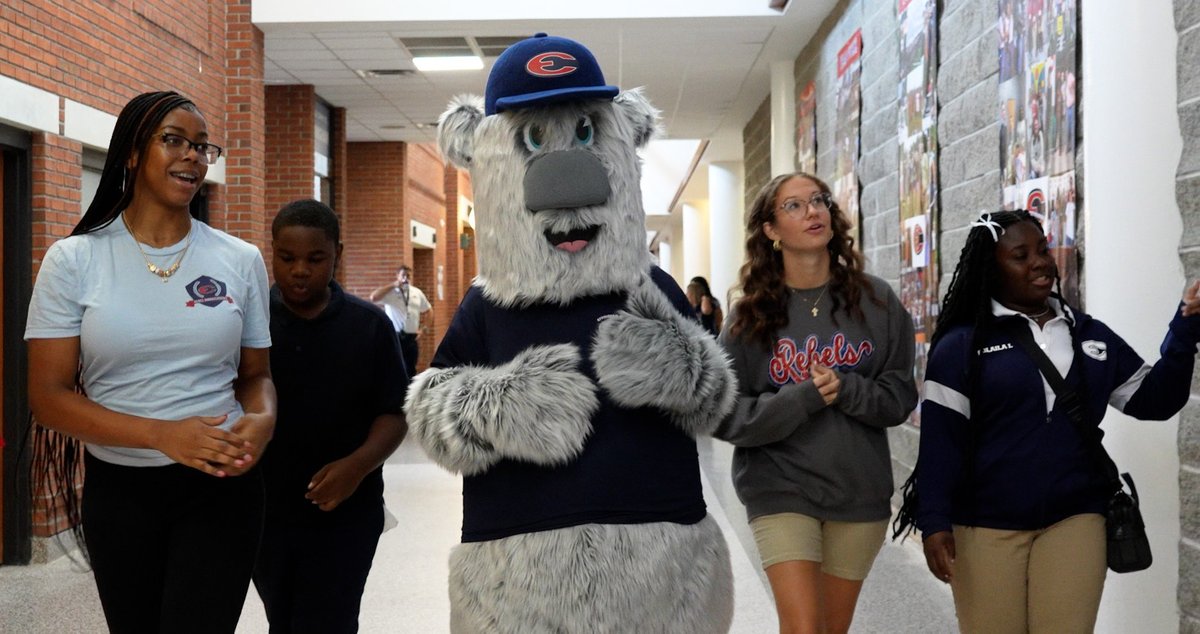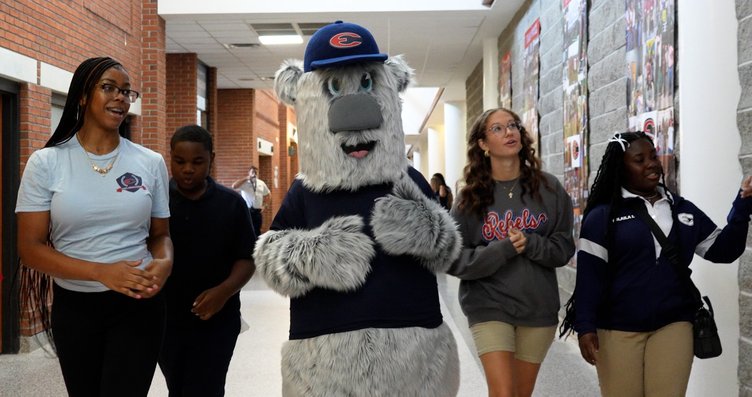For Rincon Elementary School teacher Aimee Lee, the “a-ha moment” — when her students click to understand what she is teaching — is the moment she looks forward to as a teacher.
Lee, the Effingham County School System teacher of the year, has been teaching for nine years and has been at Rincon Elementary since the 2006-07 school year.
“When I was in college, I thought I wanted to do medicine,” she said. “So I started out in the pre-med program, taking lots of biology and chemistry courses. Throughout the whole first semester, I thought, ‘blood and I don’t really get along very well,’ and I kind of thought I would be able to overcome it. It didn’t quite happen.”
She said the encouragement of a resident assistant to take an education course helped her decide to become a teacher after taking one such course in her second semester.
“I got to thinking, ‘wow, that would be kind of neat. I’d rather do that. That way I can get kids to want to be able to do anything they want to,” Lee said. “I can encourage them to be doctors, knowing that just wasn’t for me.”
Lee grew up in Maryland and went to school in Michigan. After graduation, she taught for one year in Maryland before moving to Texas to teach middle school science. While living in Texas, she met her husband.
The couple moved to Rincon when he completed his military service to be closer to family. He is now in the National Guard.
The environments from her previous teaching experience were very different than in Rincon. The first school she taught at was private and right outside Washington, D.C.
“We had all kinds of parents,” she said.
Though the school had scholarships available, most of the families were from middle to upper class backgrounds and the students were from average to above average in ability.
When she moved to Texas, many of the families were military.
“It was just such a neat group of kids, but it’s just very different,” Lee said. “There’s lots of different requirements in a public school setting than in a private school setting, but at the same time I feel like in a public school setting there are enough people looking out to make sure that all the kids’ needs are being met that it ends up really benefiting the students in the long run.”
The size has an impact as well. The school district in Texas was very large, but in Rincon, there are a lot of connections with the community.
“I think it’s good for the kids because they go out and they see their teachers at the store,” Lee said. “I think it’s just a safe and secure setting for the kids. I really enjoy it. I like the small town. I never met the other superintendent and being able to know and say, ‘oh yeah, the superintendent was able to come to our school today,’ that kind of stuff doesn’t happen in larger districts. I like that a lot.”
Making a connection and making mistakes
She said the most rewarding part of teaching is when the students make the connections for what they’re learning.
“Even today we were doing the Panama Canal, and all of a sudden they started to make the connection,” she said. “We understand why it was created, the whole purpose, but why did it benefit the people of Panama. It took them a minute because that’s outside of their box for thinking, they don’t think about more jobs automatically like that.
“And when they start putting it together and say, ‘oh yeah, that’s how that works and it goes together like this,’ that’s my favorite part. Because if you can make that happen, then they really have understood it.”
Lee said making sure that happens for each student is what makes teaching a challenge.
“I think that’s just the hardest because you want to make sure that you’re presenting them with material that addresses the curriculum, that it’s interesting and fun,” she said, but even then there are students who will not completely understand the material. “Then it’s what can I do to get that one kid. It’s challenging, because it’s always there. It’s always something that you need to work on.”
She said as important as teaching the subjects is, it is also important to teach students to learn to work together and to problem solve in a variety of ways.
“I really believe in kids working together, and I really believe in kids trying to solve problems,” Lee said. “I think that a lot of times it’s easy for them to get an answer, but not really understand why. So they might come up and ask me a question and I’ll say, ‘OK, what do you think? Or do you think that would be a good idea? Or how could you solve that problem? Not necessarily to be like here solve it yourself, but just let’s think through it — I think you can do that. I think you can figure out a way that you can address this situation. If you can’t find this, well, what can you use in order to figure it out. You don’t know the answer to this, well you also have some other students that sit with you — did you ask them, because they’re good tools.’
“I always tell them, when you’re working, you’re going to have colleagues that you’re going to go to for that information before you go to your boss. So try to get used to working together with people, trying to use them for any kind of information that they can help you with, and understanding that everybody has different strengths,” she said.
Lee also wants her students to learn that mistakes are OK.
“They are so afraid to make mistakes, and I tell them, ‘that’s how you learn,’” she said. “You make a mistake, why did I get it wrong, or what did I do, what did I not understand? That is my biggest thing. I tell them just try, I just want you to try, and if it’s wrong, we move on. I really think that that’s the only way that they are going to be able to go out and feel successful is like, OK, I’m not going to get discouraged because I didn’t get this right. I’m going to try to answer it this way, or I’m going to see what I can do to solve the problem. I think that’s a really good skill for kids to have, the understanding that it’s OK to make mistakes — everybody makes mistakes.”
Lee collaborates with her fellow teachers in the way that she hopes to teach her students to work together.
“All five of us have such different teaching styles, but are all such effective teachers,” she said. “If I can go up and talk to one of them and get an idea that I couldn’t come up with by myself, that’s useful. We really try to do that — what kind of things can we put in place to make sure our kids are most successful.”
She said the administration is very supportive and helpful.
Finding out
Lee was very excited to learn she was the teacher of the year.
“I about flipped out,” she said. “My husband is currently deployed, and he was at training. So I had to call him when I found out I was (teacher of the year) for the school. I told him, and he was very supportive. I was just so honored that among all of these fabulous teachers that they chose me, because I really don’t feel like I do anything that’s that much different. I was very honored.”
She was surprised, likewise, when she was told she was the system teacher of the year. Rincon Elementary Principal Dr. Paige Dickey called the teachers into the cafeteria.
“It was so sweet because they were all so excited and so supportive. That just made me feel really good because you work really hard, and you hope that you’re doing a good job, and you hope that people think you’re doing a good job. When something like that happens it’s kind of like, OK, people do think that I’m doing a good job.”
